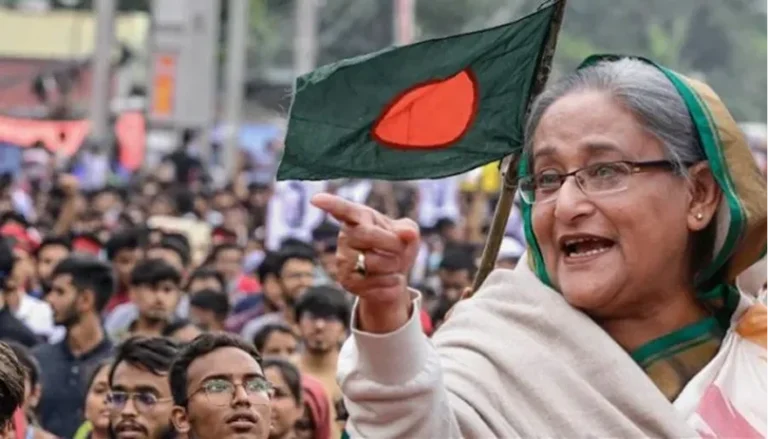
Indian Negotiators Extend Washington Stay Ahead of 9 July Tariff Deadline
Can New Delhi and Washington clinch an interim trade pact before steep U.S. tariffs snap back?
Quick-Look (TL;DR)
| Deadline | What’s at stake | Main Indian ask | Main U.S. ask |
| 9 July 2025 | 26 % reciprocal tariff on all Indian exports announced in April; Section 232 duties on steel & aluminium already at 50 % | Full elimination of extra U.S. duties and a promise of no new tariffs | Wider market access—especially in agri-food, whisky, autos, and GM crops |
- Why the Last-Minute Extension Matters
- India’s team was supposed to fly home on 27 June but has parked itself in Washington for “one-to-two extra days” to keep negotiating
- If no deal is signed, the 90-day tariff pause President Donald Trump granted on 9 April ends next week, exposing Indian exports—textiles, gems, steel, auto parts—to a 26 % surcharge on top of existing baseline rates
- The urgency grew after the U.S. and China struck a rare-earths mini-deal in late June, signalling Washington can close pacts quickly when priorities align
- Sticking Points in the Room
- Agriculture & GM Foods
- The U.S. wants India to admit genetically-modified corn, soya & apples, plus allow dairy from cattle fed on blood-meal
- India’s delegation calls these “red-lines,” citing farmer livelihoods and food-safety laws.
- Section 232 Metal Tariffs
- Trump hiked steel & aluminium duties to 50 % for almost everyone on 4 June 2025
- New Delhi wants an outright carve-out or at least quotas, similar to deals the U.S. gave the EU and Japan earlier.
- Rules of Origin for Textiles
- India is pressing for the same low U.S. tariff rates enjoyed by FTA partners if yarn and fabric are spun/ woven locally
- What Each Side Wants
India’s Wishlist
- Remove the 26 % reciprocal tariff threat and the Section 232 hike.
- Restore some form of GSP-like zero duty access for labour-intensive exports (textiles, leather, footwear, gems).
- A “future-tariff shield” clause so new duties can’t appear without consultation.
America’s Wishlist
- Big-ticket market access for whisky, high-end cars, medical devices.
- Agricultural openings—especially GM seeds, ethanol and apples (Washington State growers lost ground after India’s 2019 retaliatory tariffs).
- Strong IPR & digital-trade chapters plus stricter rules of origin to keep Chinese inputs out.
- Domestic Heat Back Home
“Agriculture and small industries cannot be sacrificed for U.S. interests,”
– Ashwani Mahajan, Swadeshi Jagaran Manch
Ruling-party allies and farm lobbies warn of street protests if GM food or blood-meal dairy enter the Indian market.
- How We Got Here: Key Dates
- 2018–19: U.S. imposes Section 232 metal duties (25 % steel, 10 % aluminium); India retaliates with tariffs on almonds, apples, etc.
- June 2023: Modi–Biden state visit leads to six WTO disputes withdrawn; India drops its retaliatory tariffs
- Feb 10 2025: Trump broadens Section 232 coverage.
- 3 Jun 2025: Tariff rate doubles to 50 % for most countries
- 9 Apr 2025: Trump unveils 26 % reciprocal tariff but pauses it for 90 days.
- 30 Jun 2025: Indian team prolongs Washington stay
- 9 Jul 2025: Pause expires.
- What Happens if Talks Collapse?
| Scenario | Impact on India | Impact on U.S. |
| No deal; tariffs kick in | Exporters in steel, jewellery and textiles face ~$8 bn in extra duties; rupee may weaken | Higher input costs for U.S. manufacturers; potential WTO challenge |
| Partial deal | Relief on select sectors (e.g., textiles) but agri dispute continues | Some tariff relief, leverage retained for future rounds |
| Comprehensive interim deal | Gains wider duty-free access; commits on limited agri lines | Political win for Trump; diversified supply chains away from China |
- The China Factor
Washington’s rare-earths accord with Beijing removed a major bottleneck for U.S. manufacturers and showed that quick wins are possible when core strategic needs align
New Delhi fears losing its current edge—U.S. buyers have shifted orders from China to India since 2023—and wants to lock in that advantage before the tariff pause ends.
- Outlook
Negotiators are racing the clock. A mini-deal limited to tariff suspensions and a narrow list of concessions remains the likeliest outcome. If talks spill past 9 July without an agreement, expect swift retaliatory moves from New Delhi—possibly reviving suspended tariffs on Californian almonds and Washington apples—and litigation at the WTO.


